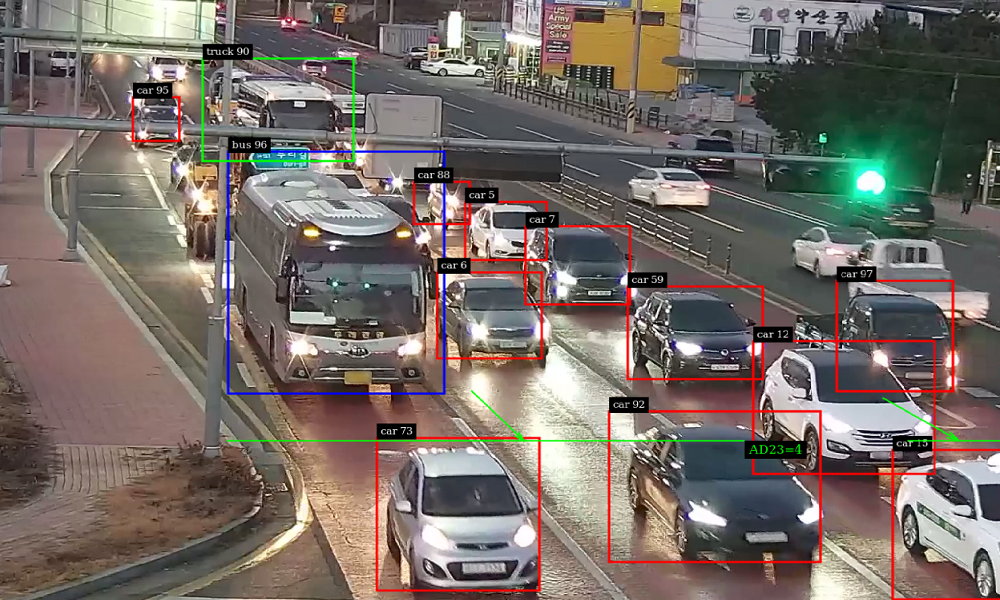According to officials, the Delhi Traffic Police is planning an Integrated Traffic Management System (ITMS) to reduce congestion and facilitate faster vehicular movement.
According to them, the new system, which is based on machine learning and artificial intelligence, will also play an important role in facilitating quick access to emergency vehicles such as ambulances and fire tenders.
They also stated that a command center will be established at the Delhi Police Headquarters to handle operations and monitor programming.
The project’s goal, according to the traffic police, is to synchronize all traffic signals and automatically regulate the signal light. The ITMS will also advise motorists on alternative routes to take if there is heavy traffic ahead.
This system will also be integrated with all civic-body-run parking lots in order to notify motorists of available free spaces before they arrive at the venue. They may research the Municipal Corporation of Delhi’s mobile app for updates, which will initiate a pop-up message. It will also be linked to Google Maps Deputy Commissioner of Police (Traffic Headquarters-II), SK Singh, stated.
The Delhi Traffic Police signed a Memorandum of Understanding for an integrated traffic management system with the Centre for Development of Advanced Computing (C-DAC), which has since delegated the project to a consulting firm. Singh explained that the project is currently in its early stages.
We have eight months to complete the project, and the first Detailed Project Report must be prepared after surveying traffic at 42 intersections, covering 1,200 signals and 600 blinkers. This year, it must be submitted by November, the officer continued.
A massive fire broke out a few days ago at a building in Outer Delhi’s Mundka, killing 27 people. It was claimed that traffic delays caused some of the fire tenders to arrive late and that their early arrival would have reduced casualties.
According to Singh, the new ITMS will also include a green corridor to facilitate the movement of emergency vehicles.
It has also been observed that at many of the junctions, even when there is no traffic, the red light remains illuminated. As a result, an adaptive system will detect traffic volume and adjust the timing accordingly. This will shorten the time spent at the junction, according to the DCP.
Meanwhile, traffic authorities have identified accident hotspots as part of the project, and they are currently looking for congestion points in Delhi, he said.
The Public Works Department and the relevant civic agencies have been enlisted to ensure proper road engineering. This will then be integrated into the Safe City project, according to Singh.




